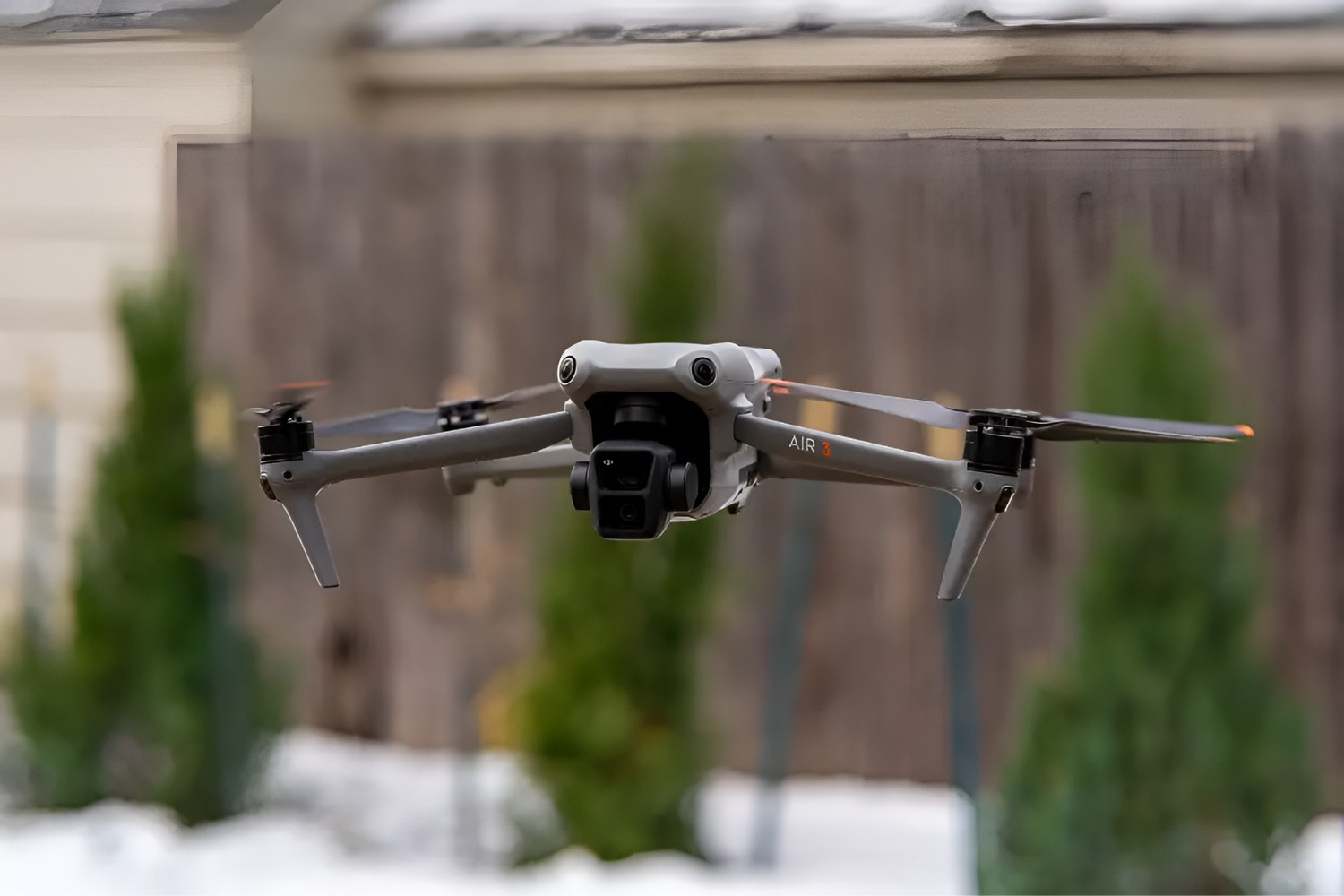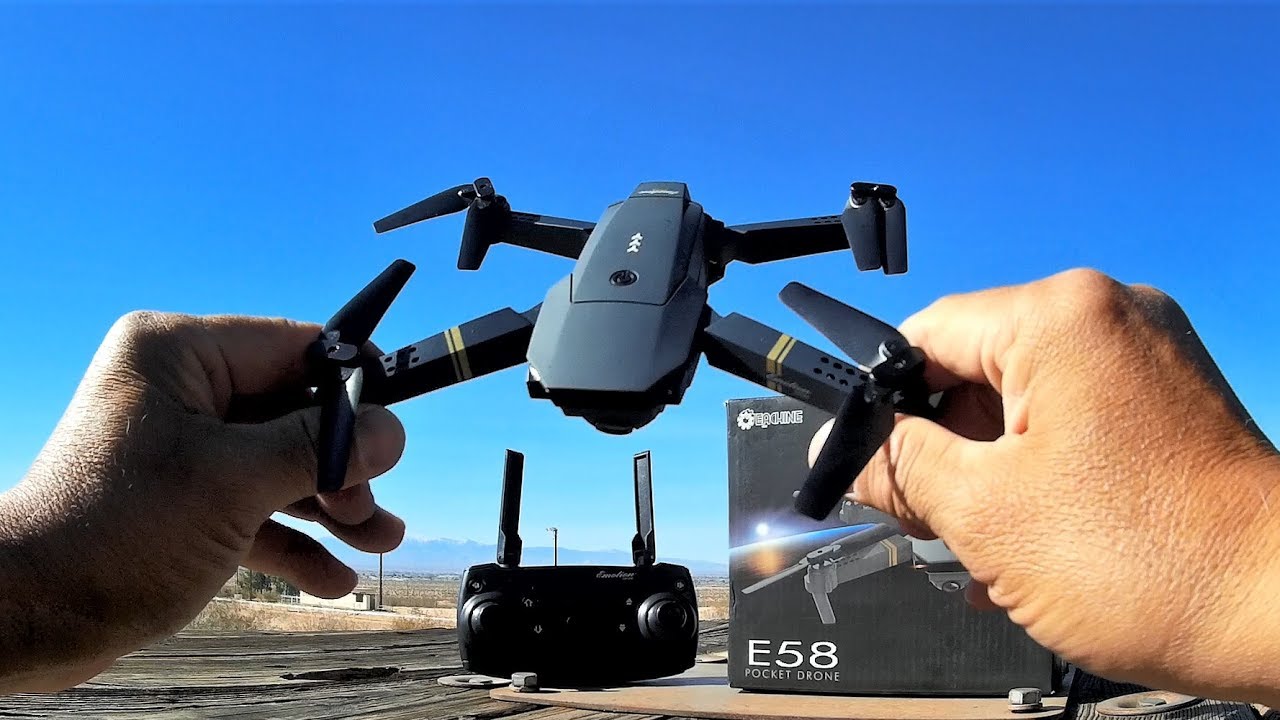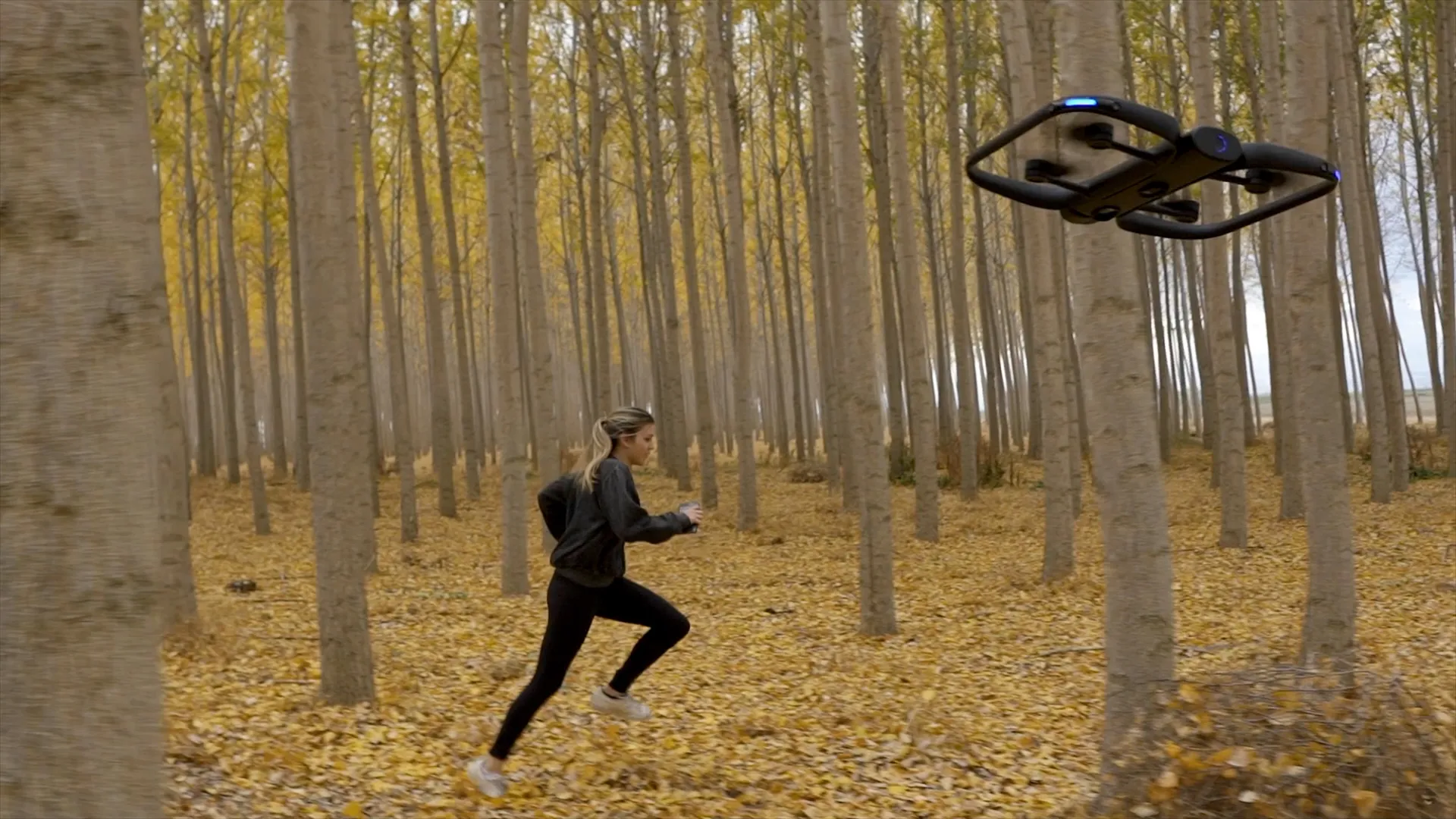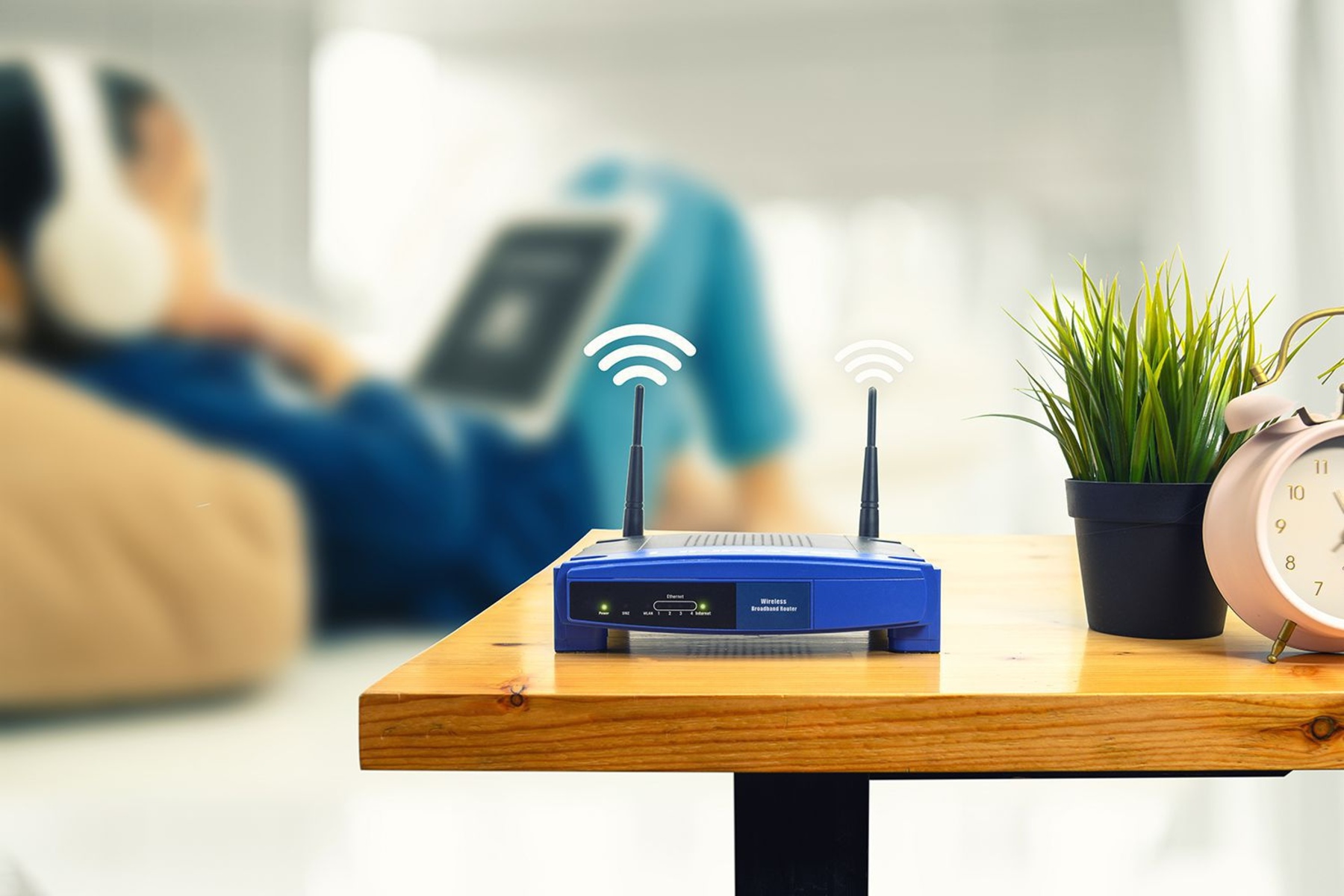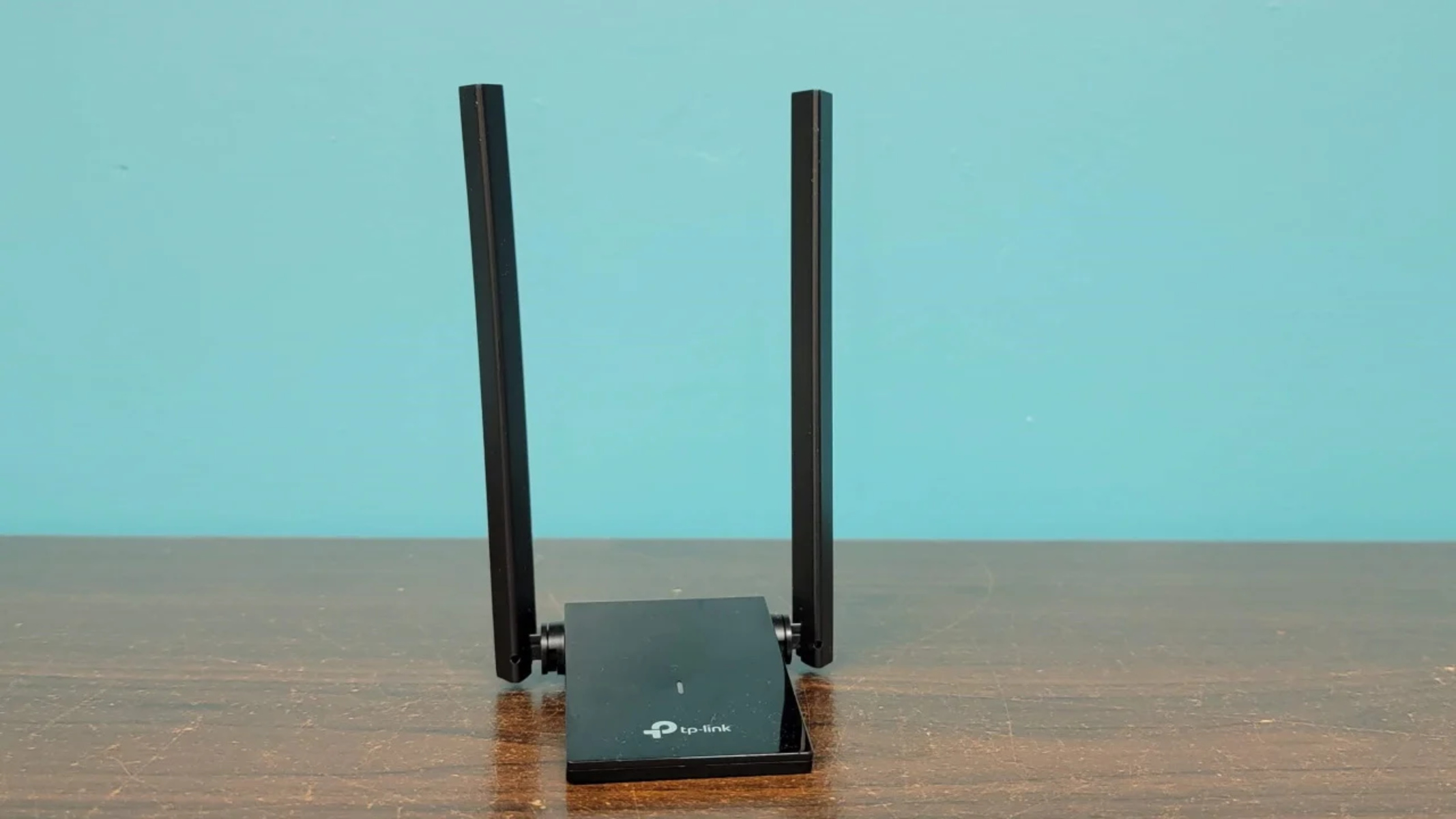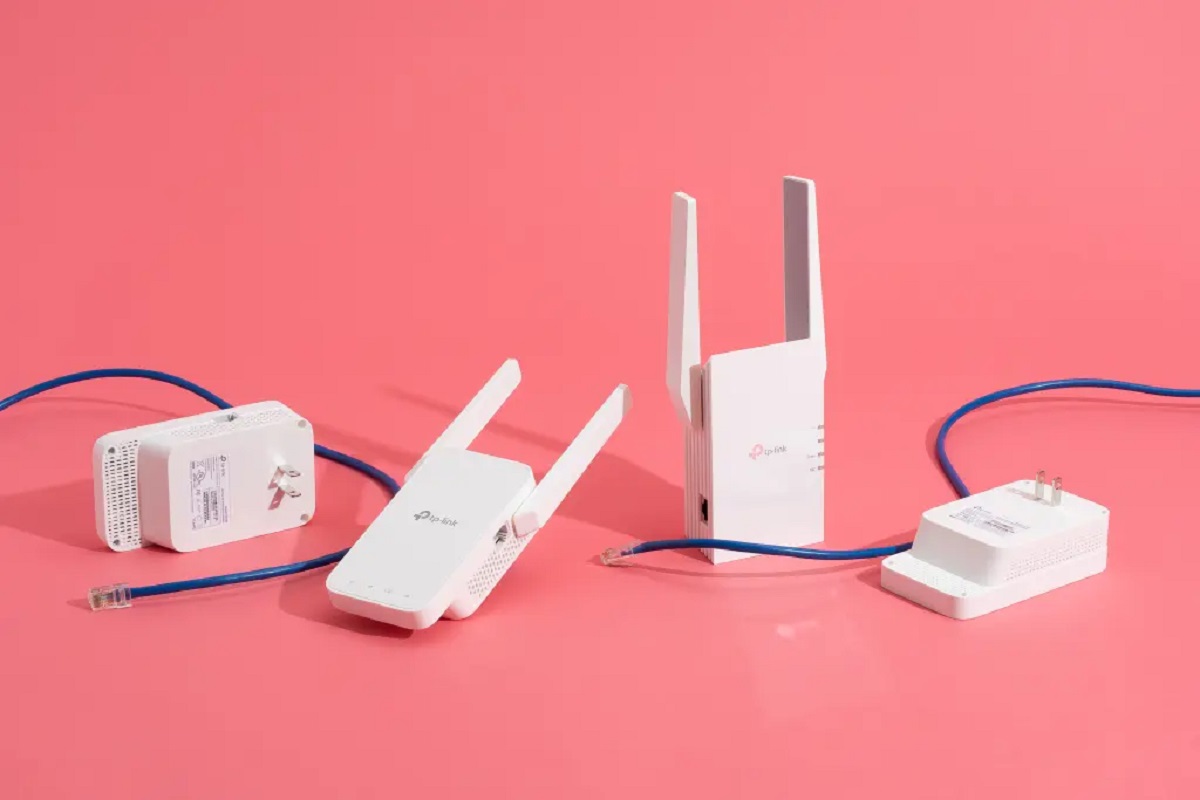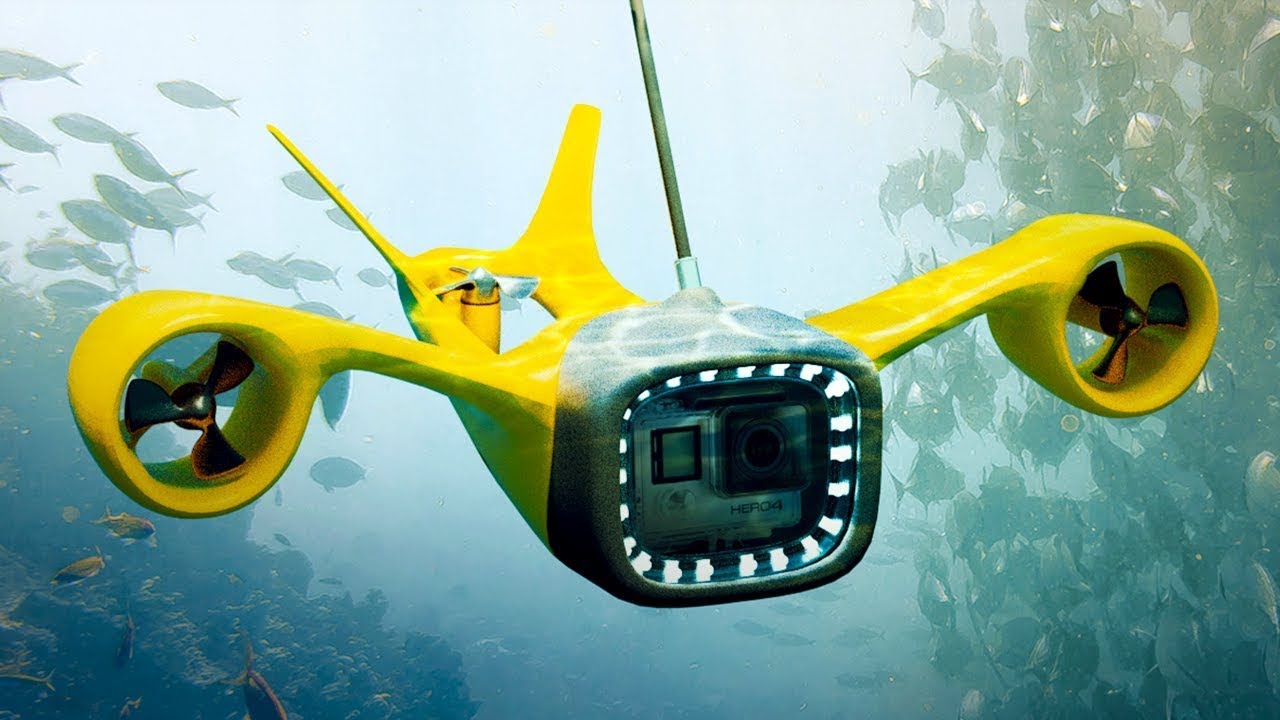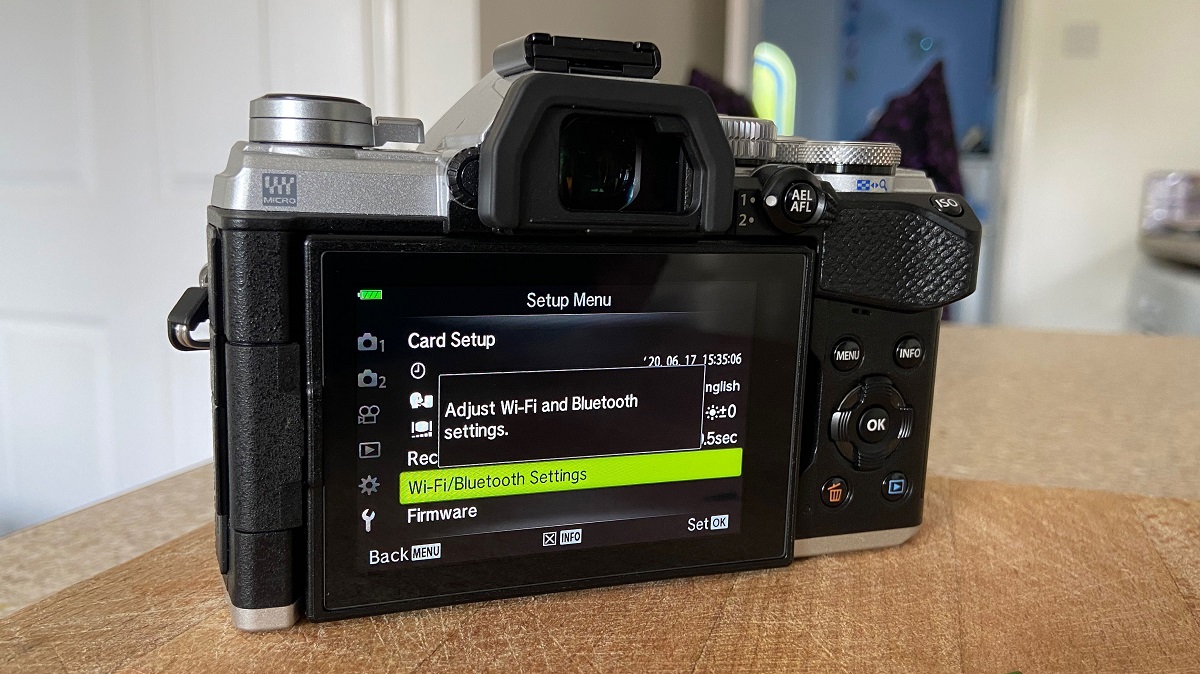Introduction
Introduction
Drones have become increasingly popular in recent years, offering enthusiasts and professionals alike the opportunity to capture stunning aerial footage and explore the skies. With advancements in technology, there are now various types of drones available, each designed to cater to specific needs and preferences. One of the primary differentiators in the drone market is the distinction between WiFi camera drones and regular ones. Understanding the differences between these two types of drones is crucial for anyone looking to invest in a drone for personal or professional use.
WiFi camera drones are equipped with built-in WiFi capabilities, allowing users to connect to their drone via a smartphone or tablet. On the other hand, regular drones typically operate using radio frequencies and may require a separate camera attachment. This fundamental difference sets the stage for a range of distinctions between the two types of drones, including size and portability, camera quality and features, control and range, battery life and flight time, as well as price and affordability. By delving into these factors, individuals can make informed decisions when choosing between a WiFi camera drone and a regular one, ensuring that their specific needs and preferences are met.
In this article, we will explore the key differences between WiFi camera drones and regular drones, shedding light on the unique features and capabilities of each type. Whether you are an aspiring aerial photographer, a videographer, or simply a drone enthusiast, understanding these distinctions will undoubtedly guide you in selecting the drone that best aligns with your requirements. Let's embark on this journey to uncover the nuances that set WiFi camera drones and regular drones apart, ultimately empowering you to make an informed choice that suits your aerial imaging endeavors.
Size and Portability
When considering a drone for aerial photography or recreational flying, the size and portability of the device play a crucial role in its usability and convenience. WiFi camera drones are often designed with compact and foldable frames, making them highly portable and easy to transport. These drones are favored by travelers, hikers, and adventurers who seek a lightweight and space-efficient aerial companion for capturing breathtaking moments on the go.
On the other hand, regular drones, especially those with separate camera attachments, tend to be bulkier and less convenient to carry during outdoor excursions. Their larger size may pose challenges when packing for trips or navigating through rugged terrain. While some professional-grade regular drones offer exceptional imaging capabilities, their size and weight can limit their practicality in certain scenarios.
Moreover, the compact nature of WiFi camera drones allows for discreet and unobtrusive operation, making them suitable for capturing candid moments and aerial perspectives without drawing excessive attention. This level of portability and maneuverability sets WiFi camera drones apart, offering users the freedom to unleash their creativity in diverse environments without being encumbered by the constraints of a larger, less agile drone.
Ultimately, the size and portability of a drone significantly impact its versatility and suitability for various activities. Whether you prioritize portability for travel and outdoor adventures or require a more robust and feature-rich drone for professional applications, understanding the differences in size and portability between WiFi camera drones and regular drones is essential in making an informed purchasing decision that aligns with your specific needs and preferences.
Camera Quality and Features
One of the most significant distinctions between WiFi camera drones and regular drones lies in their imaging capabilities and the features associated with their cameras. WiFi camera drones are often equipped with integrated high-definition cameras that offer impressive image and video quality. These cameras are specifically tailored to meet the demands of aerial photography and videography, providing users with the ability to capture stunning visuals from unique vantage points.
Furthermore, WiFi camera drones frequently boast advanced features such as gimbal stabilization, which ensures smooth and steady footage even during dynamic aerial maneuvers. Additionally, many WiFi camera drones offer a range of intelligent shooting modes, including panoramic capture, time-lapse, and automatic subject tracking, empowering users to unleash their creativity and capture captivating imagery effortlessly.
In contrast, regular drones may require the attachment of a separate camera, which can vary in quality and may lack the integrated optimization for aerial imaging. While some professional-grade regular drones offer interchangeable camera options with exceptional image sensors and lens capabilities, the process of mounting and calibrating an external camera introduces an additional layer of complexity and may limit the overall stability and performance of the drone during flight.
Moreover, the integration of WiFi connectivity in camera drones enables real-time streaming and remote camera control through dedicated mobile applications, enhancing the user experience and facilitating precise framing and composition. This seamless connectivity and accessibility to camera settings contribute to the appeal of WiFi camera drones, particularly for enthusiasts and professionals seeking a streamlined and intuitive aerial photography experience.
Ultimately, the camera quality and features of a drone significantly influence its potential for capturing breathtaking aerial visuals and immersive footage. Whether you prioritize advanced camera functionalities, high-resolution imagery, or seamless connectivity, understanding the distinct offerings of WiFi camera drones and regular drones in this aspect is paramount in selecting the ideal drone for your creative and professional pursuits.
Control and Range
The control mechanisms and operational range of drones are crucial factors that differentiate WiFi camera drones from regular drones. WiFi camera drones are often designed to be controlled via dedicated mobile applications, utilizing the connectivity and interface of smartphones or tablets to pilot the drone, adjust camera settings, and access flight telemetry. This intuitive control interface provides users with a familiar and user-friendly platform for managing their drone’s flight path and capturing aerial footage with precision.
Additionally, WiFi camera drones typically leverage the WiFi connection between the drone and the controlling device, offering a responsive and seamless control experience within a moderate operational range. While the operational range may vary among different models, WiFi camera drones are generally suitable for capturing aerial content within a limited to moderate distance from the pilot, catering to a wide array of photography and videography scenarios.
In contrast, regular drones often utilize radio frequency (RF) controllers, which may offer extended operational ranges compared to WiFi-based control systems. These RF controllers provide robust connectivity and responsiveness, enabling users to pilot the drone over considerable distances, making them suitable for applications that require expansive coverage or long-range exploration.
Moreover, the control and range capabilities of regular drones are often complemented by advanced signal transmission technologies, such as OcuSync and Lightbridge, which facilitate stable and reliable communication between the drone and the remote controller, even in challenging environments with electromagnetic interference.
When evaluating the control and range aspects of WiFi camera drones and regular drones, it is essential to consider the intended use cases and the specific operational requirements for aerial photography, videography, and recreational flying. Whether you prioritize intuitive mobile-based controls for close-range aerial content creation or require extended operational ranges for expansive aerial exploration, understanding the distinctive control mechanisms and range capabilities of each drone type is pivotal in aligning the device with your unique preferences and objectives.
Battery Life and Flight Time
One of the critical considerations for drone enthusiasts and professionals is the battery life and flight time of the aerial devices. WiFi camera drones are engineered to offer a balance between compact design and efficient power utilization, resulting in relatively shorter flight times compared to regular drones. The compact nature of WiFi camera drones limits the size of the battery, thereby constraining the total flight duration.
Typically, WiFi camera drones provide flight times ranging from 15 to 30 minutes on a single battery charge, allowing users to capture aerial footage and photography within a limited timeframe before requiring a battery swap or recharge. While this duration may suffice for many recreational and short-duration filming activities, it may necessitate strategic planning and additional batteries for extended shooting sessions.
In contrast, regular drones, particularly those designed for professional and commercial applications, often feature larger and more potent batteries, enabling significantly longer flight times. These drones can sustain flights ranging from 30 minutes to over an hour on a single battery, offering extended operational capabilities for tasks such as aerial surveying, mapping, and prolonged cinematography projects.
Moreover, the extended flight times of regular drones contribute to their suitability for applications that demand prolonged aerial coverage, such as search and rescue missions, infrastructure inspections, and large-scale aerial photography assignments.
When evaluating the battery life and flight time aspects of WiFi camera drones and regular drones, it is essential to align the drone’s capabilities with the specific operational requirements and intended applications. Whether you prioritize portability and short-duration aerial content creation or require extended flight times for comprehensive aerial missions, understanding the distinct battery and flight time offerings of each drone type is crucial in selecting the ideal device that aligns with your unique needs and objectives.
Price and Affordability
When considering the purchase of a drone, the price and overall affordability play a significant role in the decision-making process. WiFi camera drones, often targeted at enthusiasts and hobbyists, generally offer a cost-effective entry point into the world of aerial photography and videography. These drones are available in a wide range of price points, catering to varying budget constraints while providing essential aerial imaging capabilities and intuitive control features.
Furthermore, the accessibility and affordability of WiFi camera drones make them an attractive option for individuals seeking to explore aerial content creation without making a substantial financial investment. The competitive pricing of these drones positions them as versatile tools for capturing stunning aerial visuals without breaking the bank, appealing to aspiring photographers and videographers looking to embark on their aerial imaging journey.
On the other hand, regular drones, particularly those equipped with professional-grade features and advanced imaging capabilities, often command higher price tags, reflecting the sophisticated technology and performance attributes they offer. These drones cater to professionals, commercial operators, and enthusiasts with specific requirements for exceptional image quality, extended flight times, and advanced flight control capabilities.
While the higher price point of regular drones may present a barrier to entry for some individuals, it signifies the investment in cutting-edge aerial technology and the potential for achieving unparalleled aerial imaging results in diverse applications, including cinematography, industrial inspections, and precision agriculture.
Ultimately, the price and affordability considerations for WiFi camera drones and regular drones should align with the user’s intended applications, budgetary constraints, and long-term aspirations in aerial imaging. Whether you seek an accessible entry into aerial photography or require the advanced capabilities of high-end drones for professional endeavors, understanding the pricing dynamics and affordability of each drone type is pivotal in making an informed investment that resonates with your specific needs and objectives.
Conclusion
As the drone market continues to evolve, the distinctions between WiFi camera drones and regular drones remain pivotal in guiding enthusiasts, professionals, and hobbyists toward the ideal aerial imaging solution that aligns with their unique requirements and preferences. The exploration of these differences sheds light on the diverse capabilities and offerings of each drone type, empowering individuals to make informed decisions when venturing into the realm of aerial photography, videography, and recreational flying.
From the compact and portable design of WiFi camera drones to the extended flight times and advanced imaging features of regular drones, each category presents distinct advantages tailored to specific use cases and operational scenarios. Understanding the nuances in size and portability, camera quality and features, control and range, battery life and flight time, as well as price and affordability, enables users to discern the most suitable drone for their creative and professional pursuits.
For enthusiasts and hobbyists seeking an accessible entry point into aerial imaging, WiFi camera drones offer a compelling blend of affordability, portability, and essential imaging capabilities, providing a gateway to capturing stunning aerial visuals with ease and convenience. Conversely, professionals and commercial operators may find the advanced features, extended flight times, and robust performance of regular drones indispensable for demanding applications that require exceptional image quality and operational versatility.
Ultimately, the decision between a WiFi camera drone and a regular drone hinges on the user’s specific needs, budget constraints, and intended applications. Whether it’s embarking on spontaneous aerial adventures, capturing memorable moments from unique perspectives, or executing complex aerial missions with precision, the distinct attributes of WiFi camera drones and regular drones cater to a spectrum of creative and operational requirements.
By recognizing the diverse capabilities and trade-offs inherent in each drone type, individuals can navigate the dynamic landscape of aerial imaging technology with confidence, leveraging the unique strengths of WiFi camera drones and regular drones to elevate their aerial content creation endeavors and achieve their envisioned outcomes in the boundless skies above.







